AI is quietly reshaping how vendors operate, and that could be putting your data at risk. Even if your company doesn’t use AI directly, your vendors might. And if they’re using AI-powered tools, that means your information could be shared, stored, or processed without you ever knowing it. This growing exposure is called AI fourth-party data risk, and every firm should take it seriously.
What Is AI Fourth-Party Data Risk?
Here’s how it happens: you hire a vendor (e.g. CRM provider) to manage client relationships. That CRM tool may use a third-party AI engine to offer automation, summaries, or data insights. That AI tool becomes a fourth party, someone you didn’t contract, can’t monitor, and may not even know exists.
This becomes a problem because most AI tools are built to absorb data. The more data they have, the better they perform. Unfortunately, that can mean client names, email threads, financial summaries, or even sensitive files end up being accessed, stored, and even used to train AI models outside of your control.
DeepSeek Case
A major case highlighting this risk involved DeepSeek, an AI model integrated into a vendor product. The vendor uploaded confidential client information to the tool without an AI clause in the contract. The AI provider later leaked the data, leading to major GDPR violations and enforcement actions.
How to Reduce AI Fourth-Party Risk
- Ask your vendors about AI: Confirm if AI is used, what data it accesses, and whether that data is stored or used to train models. Don’t assume—ask.
- Add AI protections to your contracts: Include terms covering data ownership, usage rights, breach response, model updates, and data deletion when contracts end.
- Train your team: Make sure employees know how to use AI tools appropriately and to sanitize information before putting their questions in the browser.
Close the Gaps Before They Cost You
Most AI-related risk comes from weak governance. Many firms fail to ask the right questions during vendor onboarding or neglect to document what AI tools are doing with their data. If you’re not monitoring this, you’re exposed.
Build an AI Oversight Committee to evaluate risk levels, enforce contract clauses, and oversee vendor AI activity. Classify vendors by the sensitivity of the data they access and the potential impact of their AI use.
You should also strengthen your AI due diligence process to go beyond technical reviews. Include bias testing, data segregation checks, and ethical AI audits to ensure responsible use. Develop a dedicated incident response plan (IRP) for AI-related issues, and always verify vendor claims about data retention or deletion.
Final Thought: Don’t Wait for a Breach
AI is already touching your business, often through tools you didn’t even know were using it. But with the right contracts, oversight, and internal awareness, you can stay protected.
Not sure where to start? Contact us to learn more
Michael Brice
President
BW Cyber, LLC

